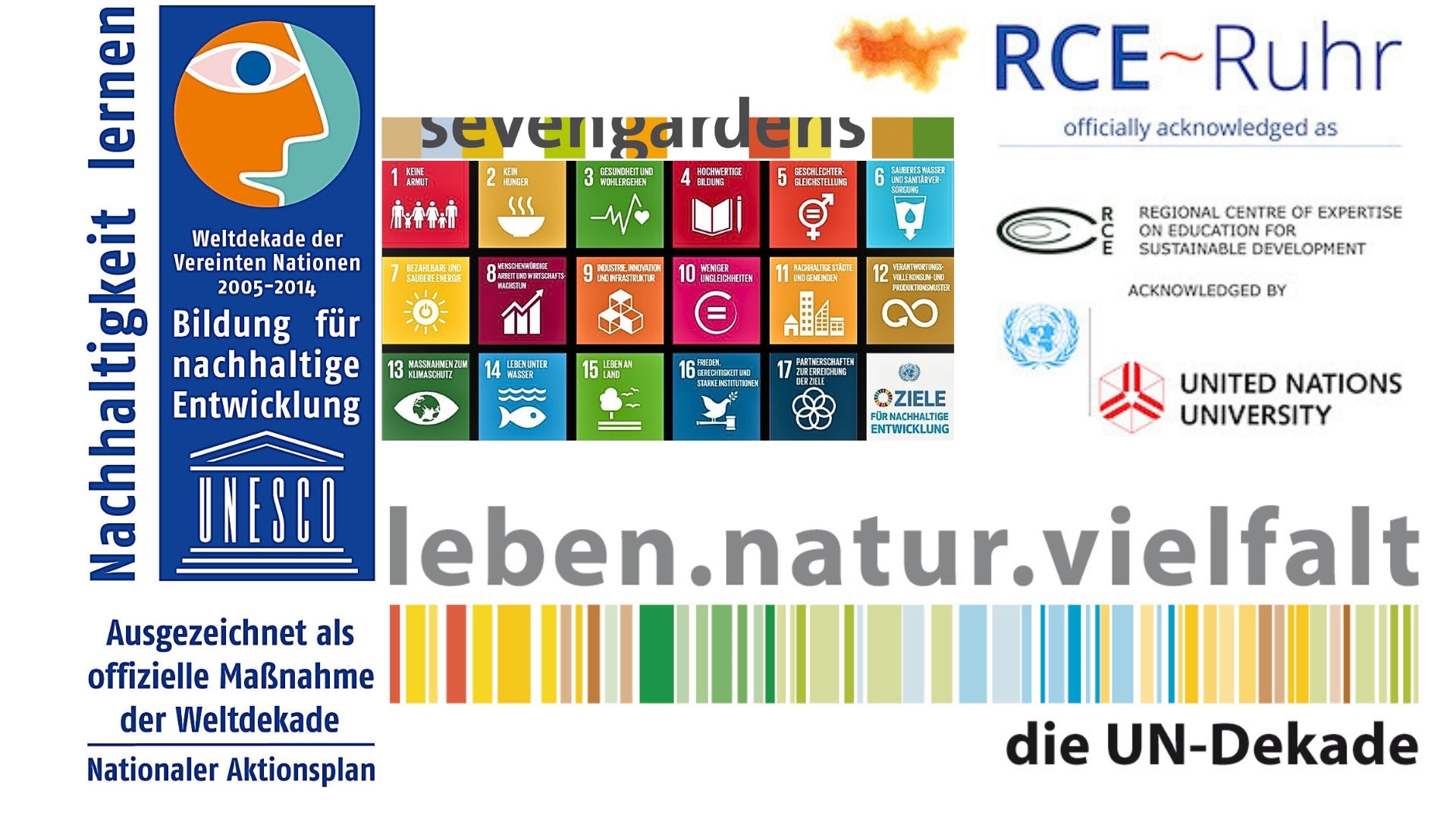Become an architect with Beenius

Have you ever looked at a building and wondered about the creative process behind its design? Have you ever imagined yourself as an architect sketching the blueprints and bringing the structure to life?
With Beenius you can easily implement your own ideas for future living and building.
Whether you're a child fascinated by the shapes and lines of buildings or an adult wanting to explore their creative side, the combination of Beenius wax and Fibonacci rods will help you learn more about architecture and design in a fun way.
Shape the future of living with Beenius

Houses used to be built to serve a simple purpose—protection from outside influences. But the future shows that our homes are much more than just a place to live. They are a reflection of who we are, our values, and our impact on the world around us.
That's why sustainable homes, geodesic structures, and geometric domes are the future of living. They not only offer practical benefits such as energy efficiency and longevity, but also represent a more conscious way of living.
At the heart of sustainable construction is the idea of harmony with nature.
It means using renewable and sustainable materials, minimizing waste, and reducing our ecological footprint. Geodesic and geometric dome structures are a perfect example of this. They use fewer materials than conventional homes and are often built from recycled or local resources. Geodesic structures are considered energy-efficient because they utilize natural ventilation and sunlight to reduce the need for heating and cooling.
Design wonderful structures with Beenius Infinity Wax and Fibonacci bars
Beenius Infinity Wax acts like an adhesive that allows you to build easily and creatively. In the Beenius set, you combine this wax with bamboo Fibonacci rods. These correspond to the lengths of the Fibonacci sequence and are included in the set in lengths of 5, 8, 13, and 21 cm.
The Fibonacci sequence is a series of numbers in which each number is the sum of the two previous numbers. This sequence is found in many areas of nature, such as the arrangement of leaves on a stem, the spiral shape of snail shells, and the proportions of flowers.

Fibonacci bamboo sticks are cut to lengths that correspond to the Fibonacci sequence. This results in some remarkable properties:
Harmonic proportions: The Fibonacci sequence creates a balanced relationship between the lengths of the individual bars. This results in a harmonious overall structure that is both stable and flexible.
Self-similarity: The Fibonacci sequence repeats itself at different scales. This means that the shape of the bars remains the same at all levels of observation. This property makes it possible to create complex structures using a simple principle.
Optimal force distribution: The Fibonacci sequence ensures that the force is evenly distributed among the individual bars. This makes the structure resistant to fracture and deformation. The bars can therefore also be used for applications with higher loads.
The Fibonacci sequence is an aesthetic yet efficient principle that has a wide range of applications in architecture. By using the Fibonacci sequence, architects can create buildings and structures that are both harmonious and stable. This is also how it works in your Beenius structures.

Examples of the use of Fibonacci sequences in architecture:
- Parthenon in Athens, Greece
- Notre Dame in Paris, France
- Taj Mahal in Agra, India
- Sagrada Familia in Barcelona, Spain
- Sydney Opera House in Sydney, Australia







